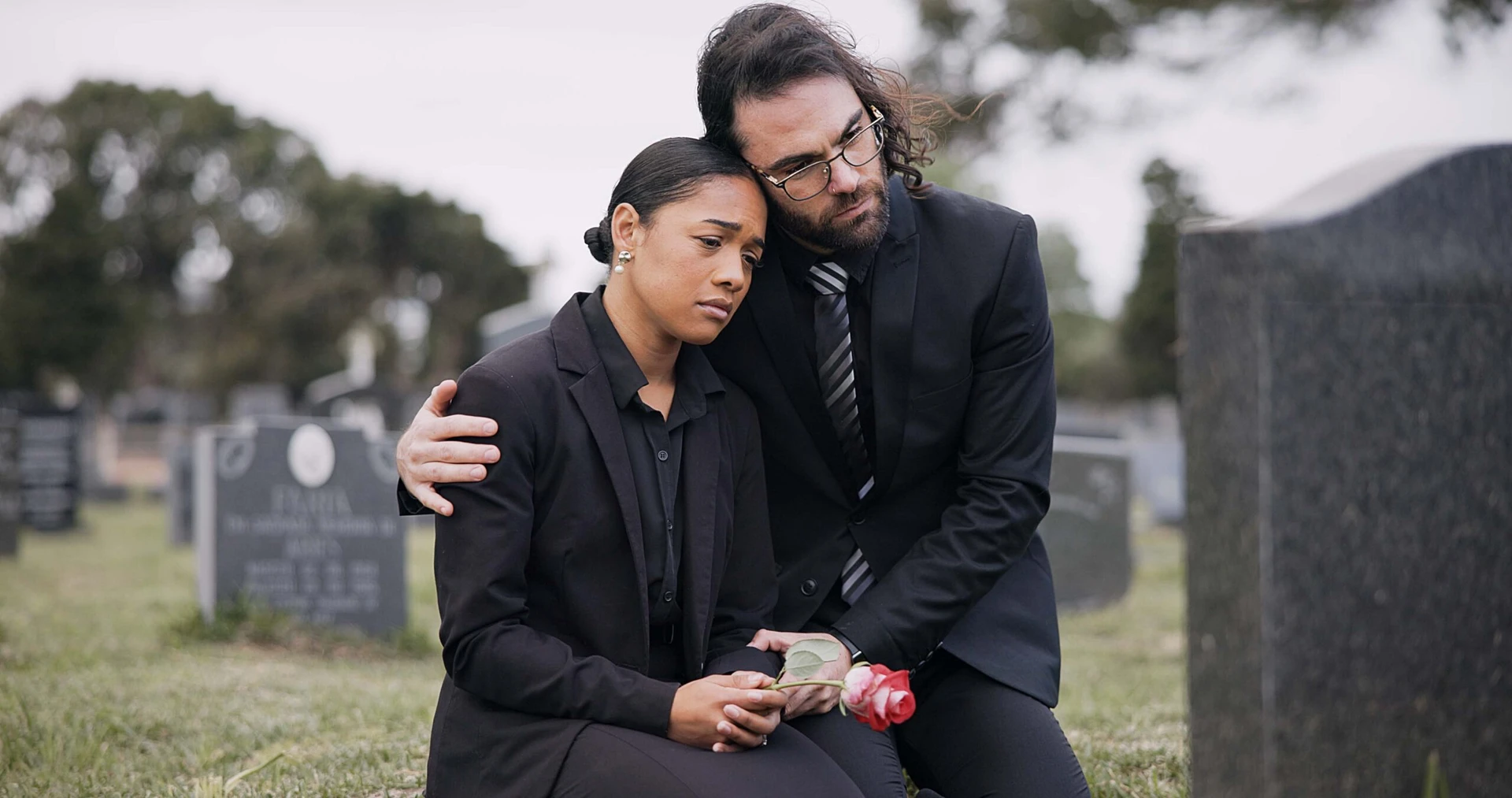Losing a loved one is heartbreaking under any circumstances, but when that loss is caused by someone else’s negligence, the pain and anger can be even harder to bear. In these situations, families may file a wrongful death claim to hold the responsible party accountable and seek financial compensation.
If you’ve wondered how you prove wrongful death, the answer lies in understanding the legal elements, collecting strong evidence, and building a persuasive case.
Understanding What Counts as Wrongful Death
Wrongful death happens when an individual’s death is caused by the wrongful act, neglect, or default of another person or entity. These cases can arise from many circumstances, including:
- Car or truck accidents caused by reckless driving
- Medical malpractice
- Workplace accidents
- Defective products
- Criminal acts
While the specific laws vary by state, the underlying goal is the same: to compensate the surviving family members for their loss and hold the responsible party accountable.
The Four Legal Elements You Must Prove
In a wrongful death lawsuit, the burden of proof is on the plaintiff, typically the deceased’s family or estate representative. To succeed in your case, you generally must prove your case in four different categories:
1. Duty of Care
The first step is to show that the defendant owed the deceased a legal duty of care. For example:
- Drivers have a duty to operate their vehicles safely and follow traffic laws.
- Doctors have a duty to provide care that meets established medical standards.
Without establishing that a duty existed, the case cannot move forward.
2. Breach of Duty
Once duty is established, you must show that the defendant breached that duty through negligence, recklessness, or intentional misconduct. This could mean running a red light, misdiagnosing an illness, or failing to follow safety protocols at a job site.
3. Causation
It’s not enough to show negligence — you must prove that the breach of duty directly caused your loved one’s death. For example, in a medical malpractice case, you would need to link the doctor’s error directly to the fatal outcome.
4. Damages
Finally, you must show that the death resulted in measurable losses for surviving family members. Damages can include lost income, funeral expenses, loss of companionship, and emotional suffering.
Building a Strong Wrongful Death Case
Proving wrongful death requires more than simply stating the facts. You need compelling evidence and expert support to back up your claims.
Collecting Key Evidence
Some of the most important evidence in these cases includes:
- Official reports: Police reports, accident reconstruction records, and OSHA or workplace safety investigations.
- Medical records: Hospital charts, treatment notes, and autopsy results that link the defendant’s actions to the death.
- Witness statements: First-hand accounts from people who saw the incident or have relevant knowledge.
- Photographs and videos: Visual evidence of the accident scene, injuries, or defective products.
Because evidence can disappear over time, it’s critical to begin gathering it as soon as possible.
The Role of Expert Witnesses
In many wrongful death cases, expert testimony can make or break the claim. Experts can:
- Reconstruct accidents to show how they occurred.
- Provide medical opinions on the cause of death.
- Calculate the financial impact of the loss, including future earnings.
These professionals help translate technical details into clear, persuasive testimony for the court or insurance company.
Proving Wrongful Death in Court vs. Settling Out of Court
Not all wrongful death cases go to trial. In fact, many are resolved through settlement negotiations.
Settlement Advantages:
- Faster resolution
- Less emotional strain
- Lower legal costs
Trial Advantages:
- Potential for higher compensation if the evidence is strong
- Public accountability for the defendant
An experienced wrongful death attorney will assess the evidence and advise you on whether a settlement or trial is the better option for your situation.
Common Challenges in Proving Wrongful Death
Even when negligence seems obvious, wrongful death claims can face legal obstacles:
- Disputed liability: The defendant may argue they were not responsible or that another party was at fault.
- Complex causation: In cases involving pre-existing health conditions, the defense may claim the death wasn’t caused by their actions.
- Statute of limitations: Every state limits how long you have to file a wrongful death claim. Missing this deadline can end your case before it begins.
Overcoming these challenges often requires a strategic approach and strong legal advocacy.
Why Legal Representation is Critical
Wrongful death claims can be emotionally exhausting and legally complex. An experienced wrongful death lawyer can:
- Investigate and gather critical evidence
- Identify all potentially liable parties
- Work with expert witnesses
- Negotiate with insurance companies
- Present a compelling case in court
With professional legal support, you can focus on healing while knowing that your case is in capable hands.
Take Action Before Time Runs Out
If you believe your loved one’s death was caused by negligence or wrongdoing, it’s important to act quickly. Evidence can disappear, witnesses’ memories fade, and legal deadlines can pass. The sooner you consult with a wrongful death attorney, the stronger your case will be.
At Crosby & Crosby Law, we’re here to help you through this difficult time. Our Rockford wrongful death lawyers are committed to fighting for justice and securing the compensation your family deserves. Call today to schedule a confidential consultation and learn how we can help you prove a wrongful death case.


